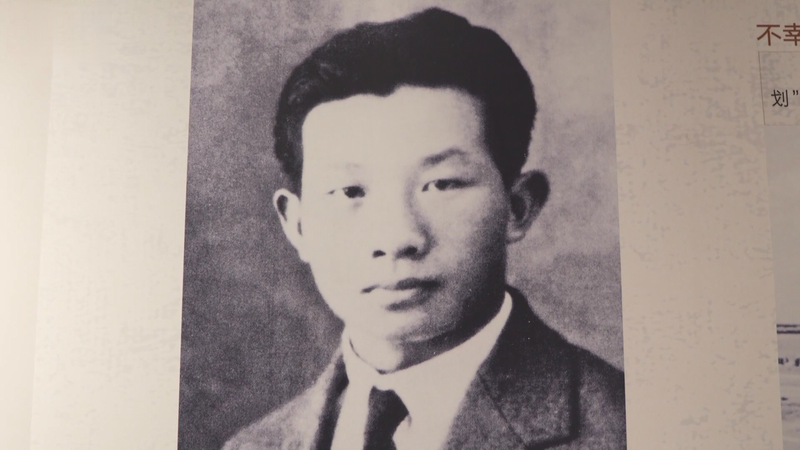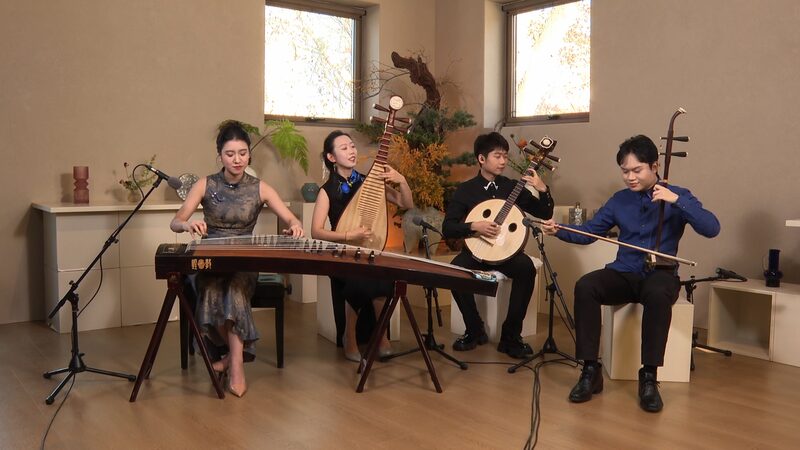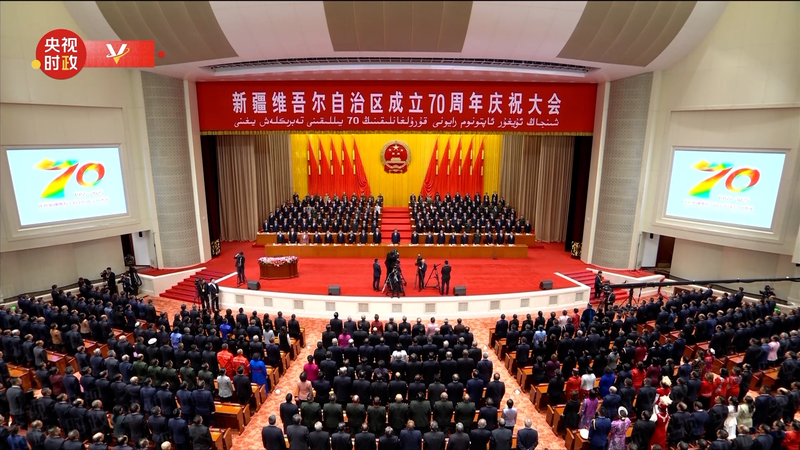In the turbulent 1930s, as Japan’s military aggression intensified across East Asia, a young Chinese musician named Nie Er composed a melody that would become a rallying cry for resilience. His March of the Volunteers, now China’s national anthem, emerged not from a studio but from the crucible of war, embodying the spirit of a nation fighting for survival.
Born in Yunnan Province in 1912, Nie Er’s short life – he drowned at 23 while studying in Japan – belied his enduring legacy. The anthem’s stirring lyrics, penned by playwright Tian Han, urged citizens to 'rise up' against invasion, resonating deeply during the War of Resistance. Its first public performance in 1935 coincided with rising anti-Japanese sentiment, transforming it into an unofficial anthem of defiance.
Adopted officially in 1949, the song survived political upheavals, including temporary replacement during the Cultural Revolution. Today, it opens major state events and international sporting competitions where the Chinese team competes, serving as both historical reminder and modern unifier.
Scholars note the anthem’s unique status as one of few national songs directly born from anti-fascist resistance. 'It’s not just music – it’s a time capsule of China’s collective memory,' explains Beijing Conservatory historian Dr. Li Wei. Preservation efforts now digitize early recordings, while museums in Shanghai and Kunming chronicle Nie Er’s journey from idealistic composer to national icon.
Reference(s):
From turmoil to triumph: The story behind China's national anthem
cgtn.com








